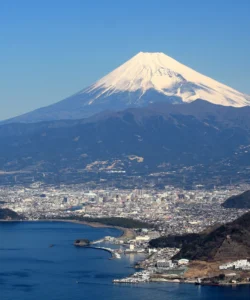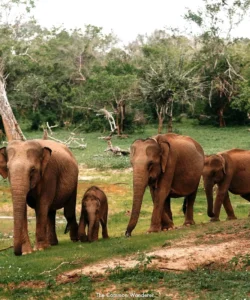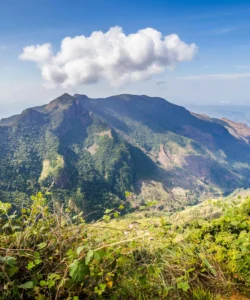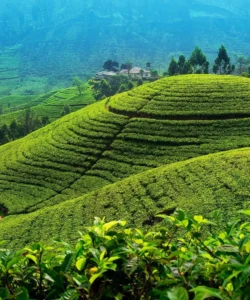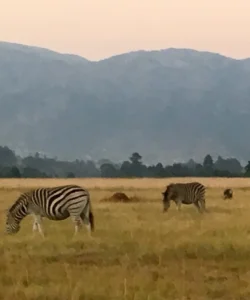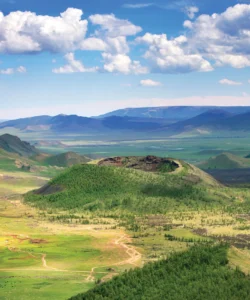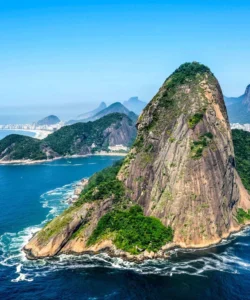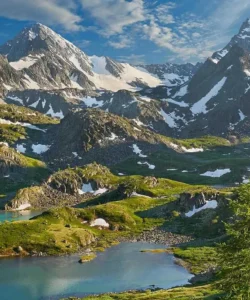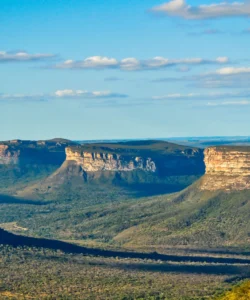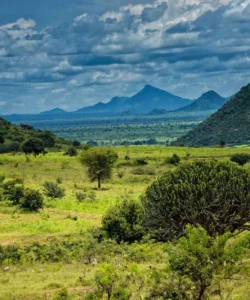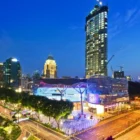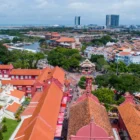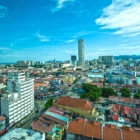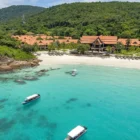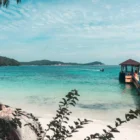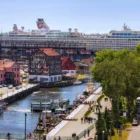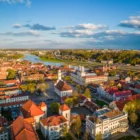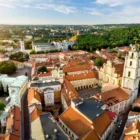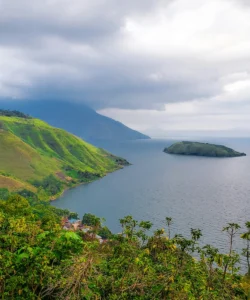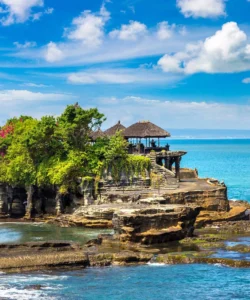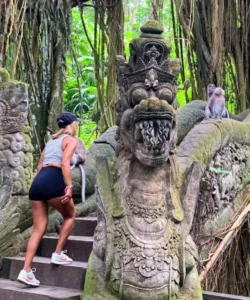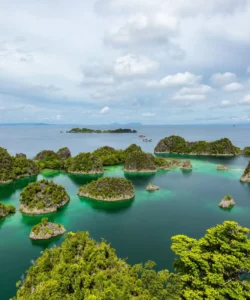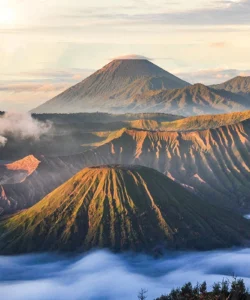Phophonyane Falls Nature Reserve is a enchanting private nature reserve in Eswatini, known for its stunning waterfalls, ancient geology, and remarkable biodiversity. It offers a tranquil and immersive experience in a lush, subtropical environment.
Name: Phophonyane Falls Nature Reserve
Address: Phophonyane Falls Nature Reserve is located in northwestern Eswatini, approximately 10 kilometers (6 miles) north of Piggs Peak. It’s nestled in a forested hillside above the tumbling Phophonyane River.
How to Get There:
- By Air: The closest international airport is King Mswati III International Airport (SHO) near Manzini. From there, you would typically rent a car or arrange a transfer to Piggs Peak, and then to Phophonyane. Many visitors also fly into O.R. Tambo International Airport (JNB) in Johannesburg, South Africa, and drive to Eswatini.
- By Car:
- From Piggs Peak: Head east on the MR5 road. After about 10 kilometers, you will see a sign indicating the entrance to the reserve on your right. The final stretch to the lodge/reserve entrance is on a well-maintained gravel road.
- From South Africa (e.g., Kruger National Park): If coming from the northern parts of Kruger, you’d likely use the Jeppes Reef/Matsamo border post. From there, drive south on the MR1 road for about 28km, then look for a turnoff to the right with signs for Phophonyane.
- Public Transportation: You can take a local minibus taxi from Mbabane or Manzini to Piggs Peak. From Piggs Peak, you might need to take another local taxi or walk about 1 km along a dirt road to reach the reserve entrance.
- Crucial Note: It’s recommended to have your own vehicle or arrange transfers for convenience, as internal transport within the area can be limited. There’s usually a small entrance fee to access the reserve, payable at the lodge reception.
Landscape and Architecture:
Phophonyane is a lush, diverse landscape where various ecological zones meet, creating a rich tapestry of habitats.
- Waterfalls and Riverine Forest: The central feature is the Phophonyane River, which tumbles down several hundred meters in a series of cascades, rapids, and rock pools, culminating in the impressive Phophonyane Falls, an 80-meter high waterfall. The river is bordered by dense, lush subtropical riverine forest.
- Ancient Geology: The waterfalls cascade over exposed ancient gneiss rock formations, dating back 3.55 billion years. This makes the area home to some of the oldest rocks on Earth, adding a geological marvel to its natural beauty. The “Phophonyane Shear Zone” where these ancient rocks are exposed is a unique geological feature.
- Diverse Habitats: The reserve sits in an ecotone, where elements of Eswatini’s highveld, middleveld, and lowveld ecosystems converge. This results in a remarkable diversity of flora and fauna within its relatively small 600-hectare area, ranging from open grasslands to thick woodland and Afromontane patches.
- Lodge Architecture (Phophonyane Falls Ecolodge): The accommodation at the Phophonyane Falls Ecolodge is renowned for its harmonious integration with nature.
- Buildings are painted in African ochres and adorned with local art, blending discreetly into the subtropical vegetation.
- Accommodation options include rustic self-catering cottages, safari tents on decks tucked into the forest, and upgraded, luxurious beehive huts (romantic versions of traditional Swazi accommodation, complete with modern comforts like en-suite bathrooms).
- The lodge is designed so that the soothing sound of the running water from the falls can be heard throughout, enhancing the natural ambiance.
What Makes It Famous:
- Phophonyane Falls: The iconic series of cascading waterfalls is the reserve’s namesake and main attraction, offering picturesque views and a serene atmosphere.
- Ancient Geology: The exposure of 3.55-billion-year-old gneiss rocks at the falls makes it a site of significant geological interest, showcasing some of the oldest known rocks on the planet.
- Biodiversity Hotspot: Despite its size, Phophonyane is a haven for biodiversity, particularly for:
- Birdwatching: Over 240 bird species have been recorded, including the rare and beautiful Narina Trogon (which is featured in the lodge’s logo), Gorgeous Bush Shrike, and various raptors.
- Botanical Diversity: It falls within the Barberton Centre of Plant Endemism and boasts over 400 species of trees and numerous rare plants, including orchids.
- Tranquil Eco-Lodge Experience: The Phophonyane Falls Ecolodge is highly regarded for its commitment to eco-tourism, its unique, nature-integrated accommodation, and its emphasis on peace, privacy, and relaxation in a stunning natural setting.
- Hiking Trails: A network of well-maintained footpaths winds through the forests, along the river, and to various viewpoints, catering to different fitness levels and offering excellent opportunities for nature walks and birding.
- Community Engagement: The lodge often organizes guided walks into nearby communities, allowing visitors to experience local life and visit schools, fostering cultural exchange.
Differences from Some Other Wonders:
- Focus on Waterfalls and Subtropical Forest: Unlike the vast open savannas of Hlane or the highveld wilderness of Malolotja, Phophonyane’s primary appeal lies in its cascading waterfalls and lush, subtropical riverine forest. It’s more of a “forest and water” nature experience rather than a “plains and big game” one.
- Intimate Scale and Private Ownership: As a private reserve, Phophonyane is relatively smaller and offers a more intimate and exclusive experience compared to the larger, state-managed national parks like Hlane or Malolotja.
- “Small Game” & Birding Emphasis: While small mammals like duiker and vervet monkeys are present, Phophonyane is not a “Big Five” safari destination. Its wildlife focus is on birdlife (especially forest and water birds) and smaller, shy forest dwellers, offering a different kind of wildlife viewing experience.
- Geological Uniqueness (Ancient Rocks): While Malolotja also boasts ancient rocks, Phophonyane specifically highlights its 3.55-billion-year-old gneiss formations at the falls, making the waterfall itself a geological wonder, not just a scenic one.
- Boutique Eco-Lodge Experience: The Phophonyane Falls Ecolodge and its distinctive, nature-blending architecture (including the romantic beehive huts) provide a more curated and luxurious “eco-lodge” experience than the more rustic or self-catering options found in some of the larger parks.



















